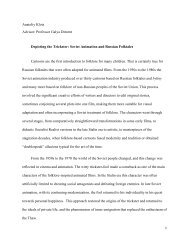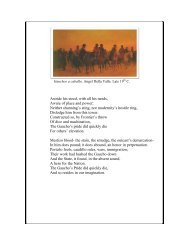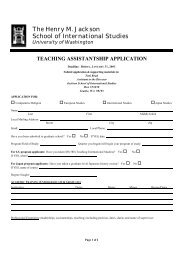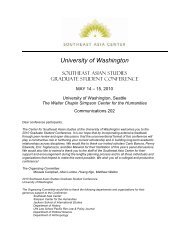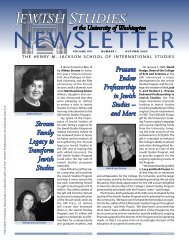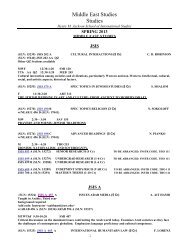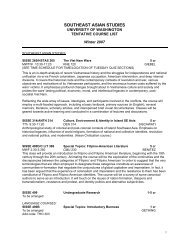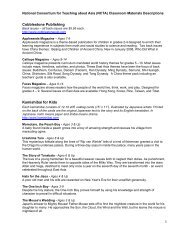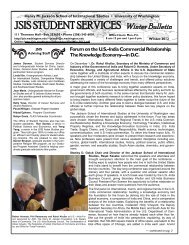to view full paper
to view full paper
to view full paper
You also want an ePaper? Increase the reach of your titles
YUMPU automatically turns print PDFs into web optimized ePapers that Google loves.
place since early XIX century; the materials are primarily available in the native languages,<br />
belonging mostly <strong>to</strong> Mongolic and Turkic linguistic groups, but a great number of folktales has<br />
been translated in<strong>to</strong> Russian. So I have come up with an imperfect solution of approaching the<br />
study of the tales through my knowledge of Russian, a solution similar <strong>to</strong> Kira Van Deusen’s<br />
collection of South Siberian and Far Eastern folklore via Russian. 2 I have assembled a corpus of<br />
Mongolian, Kalmyk, Buryat, Uzbek, Azerbaijani, Turkmen, Kazakh, Kirghiz, Bashkir, Shor,<br />
Kumandin, Tuvan, Tajik, Mari, and Dungan folktales as collections translated in<strong>to</strong> Russian. In<br />
addition, a few sources are available in English: one of my key examples is translated by<br />
Nicholas Poppe Jr. from Mongolian; my Turkish examples come from Uysal-Walker English-<br />
language database of Turkish folktales, and my Uighur example comes as an English translation<br />
from a book by Wei and Luckert. In addition, I have found my Kirghiz example of Woman’s<br />
Magical Horse type tale in a collection translated in<strong>to</strong> French.<br />
Examining my corpus of Central Asian wonder tales and heroic tales indeed nets a<br />
considerable number of s<strong>to</strong>ries that feature women and girls who are at least as capable as their<br />
male counterparts intellectually and physically. Attempting <strong>to</strong> detect general structural and<br />
discourse patterns among folktales dealing with attitudes <strong>to</strong>wards women’s power and women’s<br />
sense of self, I have narrowed my focus <strong>to</strong> tales of females who don armor or dress as men and<br />
fight against or compete with men in a physical sense. Among secondary sexual characteristics,<br />
muscle mass is the most objective biological difference that influences the idea of gender. 3 The<br />
hope is that by studying tales, in which this difference is conceptually equalized or even<br />
reversed, I can understand how gender is <strong>view</strong>ed in the region that the tales represent. The<br />
2 Kira Van Deusen, “Introduction: Shamanic S<strong>to</strong>rytelling of the Amur Region” in The Flying Tiger: Women<br />
Shamans and S<strong>to</strong>rytellers of the Amur (Montreal: McGill-Queen’s University Press, 2001), xii.<br />
3 Margaret M. Marini, “Sex and Gender: What Do We Know?” in Sociological Forum, Vol. 5, No. 1 (Mar., 1990),<br />
99.<br />
3



